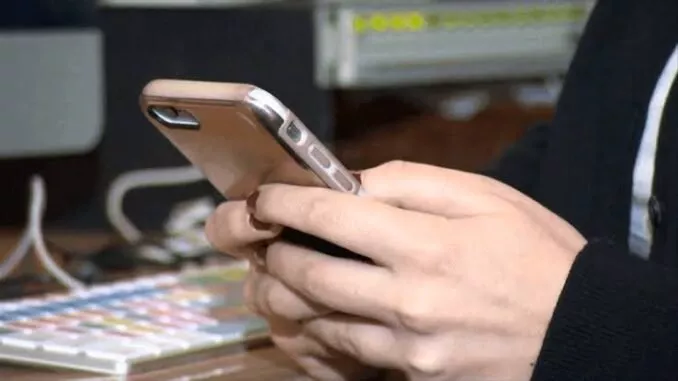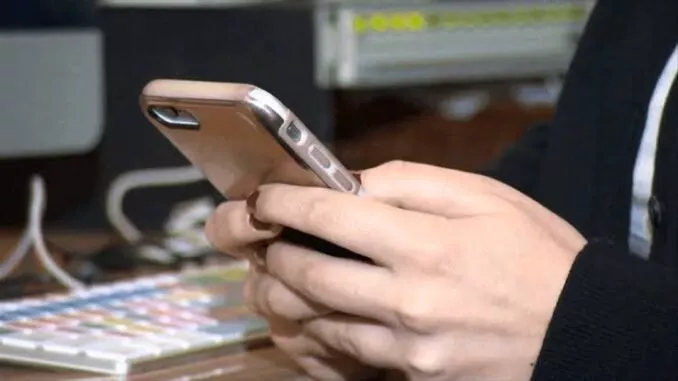
1. Caller ID Verification.
Legitimate banks often use specific phone numbers for customer communication. Verify the caller’s identity by cross-referencing the number with the official bank contact information. Scammers may use technology to manipulate caller IDs, so don’t solely rely on this, but inconsistencies can be a red flag.
2. Urgency and Threats.
Be cautious if the caller creates a sense of urgency or threatens dire consequences if you don’t act immediately. Scammers often use fear to pressure individuals into providing personal information. Legitimate banks typically communicate important matters through official channels and don’t resort to threats.
3. Personal Information Requests.
Legitimate banks do not ask for sensitive information like passwords or PINs over the phone. If the caller requests such details, it’s likely a scam. Banks use secure channels for sensitive information and won’t initiate these requests during unsolicited phone calls.
4. Grammar and Language.
Pay attention to the language used in the call. Scammers may not be fluent in the official language of the bank, leading to grammatical errors or awkward phrasing. Legitimate institutions maintain a professional communication standard, so linguistic anomalies can be indicative of a scam.
5. Verification Process.
If the caller claims to be from your bank, hang up and call the official bank phone number from your records. Confirm the legitimacy of the call with a customer service representative. Banks understand the importance of security and won’t mind you taking this precaution. Scammers will likely discourage such verification attempts.







